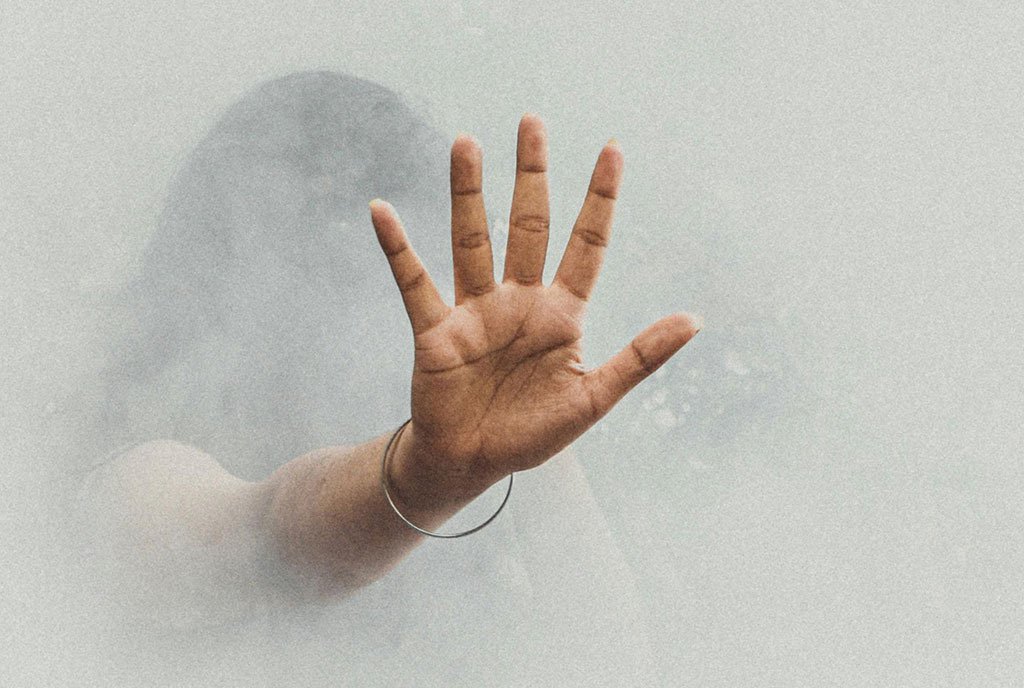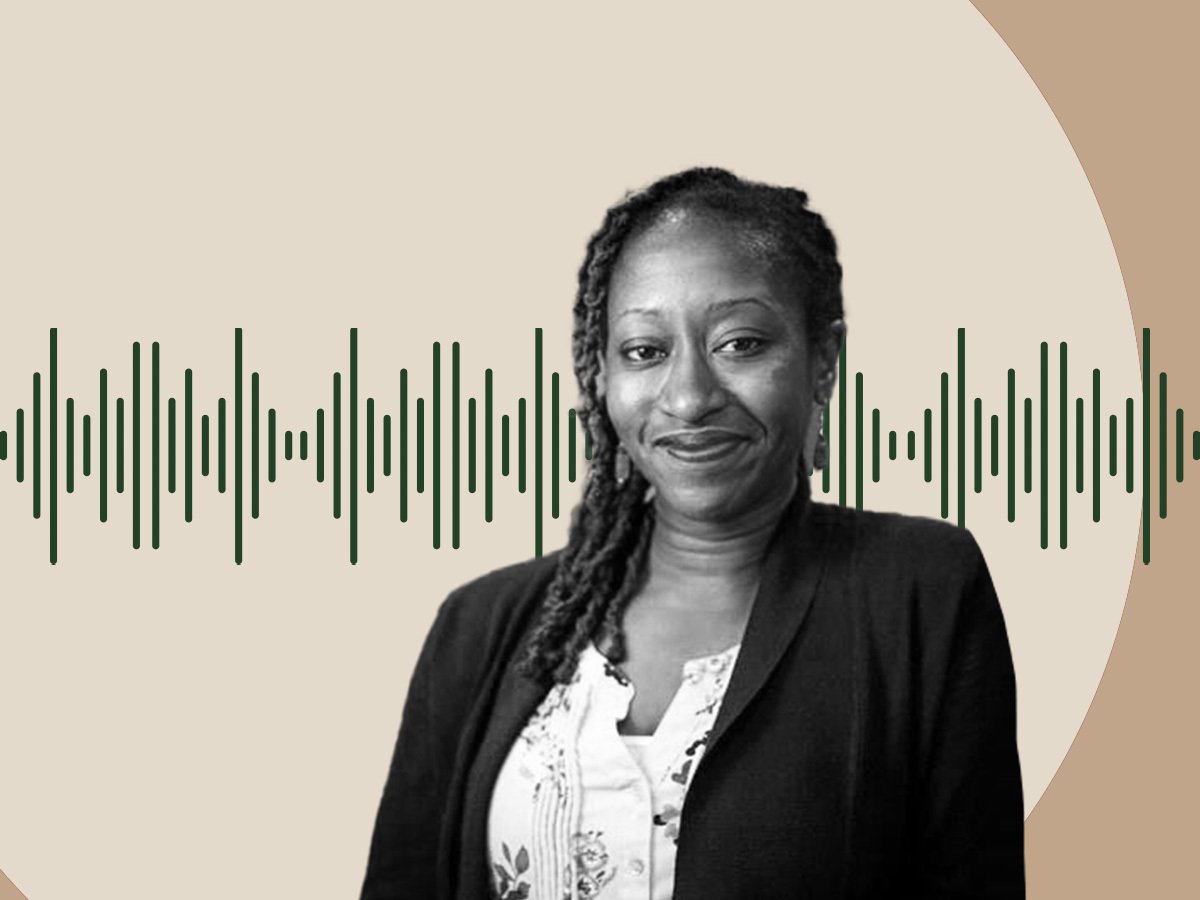
The nonprofit and philanthropic sectors are at growing risk for lawsuits challenging DEI (diversity, equity, and inclusion) measures, fellowship and intern practices, giving and grantmaking procedures, and even the provision of basic services. That’s thanks to a new wave of litigation, some of it already making its way through US courts, seeking to challenge virtually any consideration of race in myriad institutional practices and decisions.
Such are the warnings sounded by some legal experts as new legal “test cases” have mounted, challenging race-informed grantmaking processes by nonprofits. In the wake of the 2023 US Supreme Court decision ending affirmative action as practiced in colleges and universities, experts say these cases could be the tip of an anti-DEI legal iceberg for nonprofits and philanthropic institutions.
The nonprofit and philanthropic sectors are at growing risk.
“A lot [of] our clients, whether they are nonprofits or for-profit companies, are facing a really different political landscape with regard to legal liabilities,” says Ann O’Leary, an attorney for the Chicago-based law firm Jenner & Block, whose practice includes advising nonprofit organizations on these legal questions.
The new uncertainty means some nonprofits and philanthropic institutions may have to grapple with difficult and potentially uncomfortable questions as they assess their own level of risk.
“[Many nonprofits] do not have the resources, the ability sometimes, to deal with these fights,” O’Leary warns.
Jenner & Block’s Marcus A.R. Childress, who co-chairs the firm’s DEI Protection Task Force, says confronting such litigation could force nonprofits and philanthropies to face profoundly difficult decisions.
“What’s more important to these nonprofits, to these companies?” asks Childress. “Is it doing the work…[they’ve] traditionally done, or is it lowering the risk of litigation?”
These legal attacks…represent a very intentional effort to expand attacks on DEI.
A Wave of Litigation
Much of the litigation brought to challenge DEI and other practices resembles that employed in a recent lawsuit brought against the Fearless Fund, an Atlanta-based nonprofit whose mission includes “empower[ing] African-Americans to gain access to capital,” and which awards grants to business ventures by Black women.
The lawsuit, brought in 2023 by the American Alliance for Equal Rights (AAER), headed by conservative activist Edward Blum, essentially argues that Fearless Fund’s grantmaking process amounts to “explicit racial exclusion” and is prohibited by civil rights laws.
The AAER is also suing another nonprofit: Austin, TX-based Hidden Star, which awards small grants to women and minority-owned businesses. Both cases are currently pending in the courts.
“It started with higher education.…And then we saw a quick move to corporate diversity initiatives.”
The lawsuits have attracted attention across the nonprofit and philanthropic sectors. In December 2023, the Council of Foundations and Independent Sector filed a joint amicus brief on behalf of Fearless Foundation, arguing forcefully that philanthropic grants are protected under the First Amendment of the US Constitution.
Meanwhile, these legal attacks, notes Childress, represent a very intentional effort to expand attacks on DEI and race-informed initiatives beyond the narrow realm of affirmative action in colleges and universities to which the Supreme Court’s 2023 ruling was limited.
“It started with higher education, and we saw that play out with the Supreme Court this past summer. And then we saw a quick move…to corporate diversity initiatives,” says Childress. “I think now what we’re starting to see is the waves going from the corporate world now to the nonprofit space, the philanthropy space, grantmaking activities…and it’s using a lot of the same theories.”
Sign up for our free newsletters
Subscribe to NPQ's newsletters to have our top stories delivered directly to your inbox.
By signing up, you agree to our privacy policy and terms of use, and to receive messages from NPQ and our partners.
Unwelcome Challenges
The implications of these legal strategies for nonprofits and philanthropies could be profound.
Among potential risks organizations face, says O’Leary, is the possibility of litigation that is not only incredibly expensive but that can also drag the organization’s name into a hostile media spotlight.
“All of a sudden, not only do you have your [local news] looking at you, but you’ve got Fox News after you, or MSNBC or CNN, and that is a whole other ballgame.”
Even nonprofit and philanthropic organizations that believe they can withstand such lawsuits based on legal merit alone can face uncertainty when it comes to the difficult decision to fight the cases out in court—not least because the organizations face the prospect of the discovery process, in which sensitive internal policies and documents, for example, can become public.
“Even if we’re on solid footing legally,” Childress asks, “is it worth it to go through discovery, to have so much sensitive information out in the public realm?”
For these reasons and others, standing on principle might not be such an easy decision for many organizations.
“I think there are many people who feel strongly that they don’t want to and shouldn’t make changes because they want to ensure they are reaching the most vulnerable and disadvantaged members of our community,” says O’Leary. “But then there are others who are saying, ‘I don’t know if we can withstand a fight like that.’”
O’Leary continued on to note that the Fearless Fund and Hidden Star lawsuits “are not going to be the only test cases….They will pick others.”
What Can Organizations Do?
The current landscape of challenges to DEI and other race-conscious practices remains highly uncertain for nonprofits and philanthropies. Meanwhile, the latest legal cases wind their way through the courts—likely, say Childress and O’Leary, on their way to the US Supreme Court.
But the lawyers say that beyond simply monitoring the progress of these cases, there are steps such organizations can take now. Though, as O’Leary acknowledges, “There’s not a clear path. And so, we’re trying to help our [clients] think through that.”
One step some nonprofits and philanthropies can take is to prepare for the potential of litigation by undergoing an internal risk assessment.
“We are definitely suggesting those types of audits to understand where your vulnerabilities are,” says O’Leary. “Because I think the most important thing to know is what you’d do if you were attacked.”
Other potential routes of action involve reevaluating existing policies or programs that could be harmed by future rulings—for example, by changing the focus of a grantmaking program to focus on economic disadvantage rather than race, which is a protected class under the law.
But such moves, the lawyers acknowledge, can themselves risk undermining the very mission and purpose of the programs in question, forcing nonprofits and philanthropies to grapple with existential questions about their priorities.
“I think it’s really important,” O’Leary says, “that the nonprofit sector understands and begins to wrap their head around this.”












